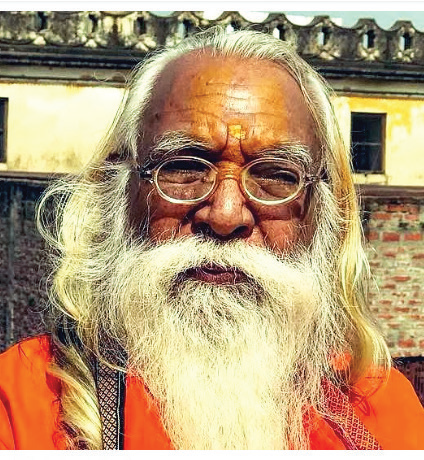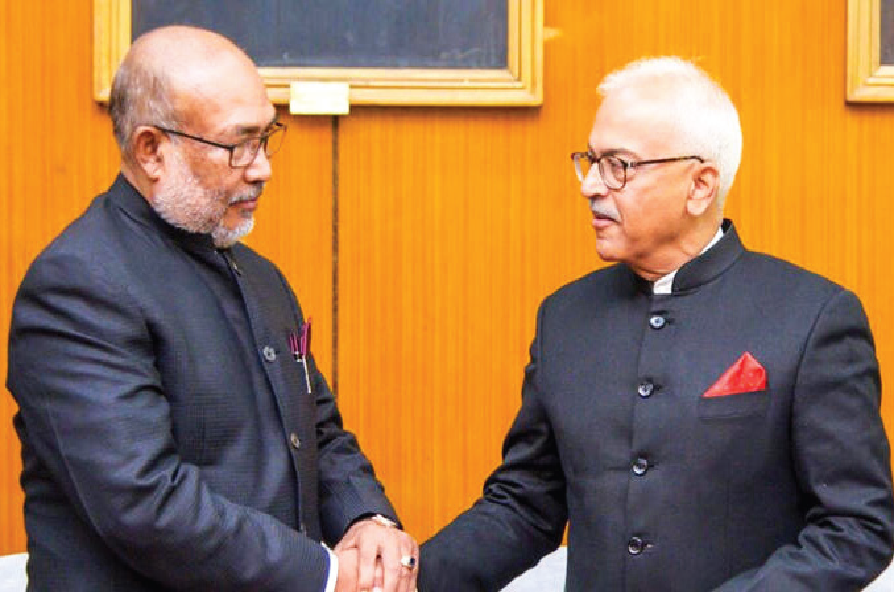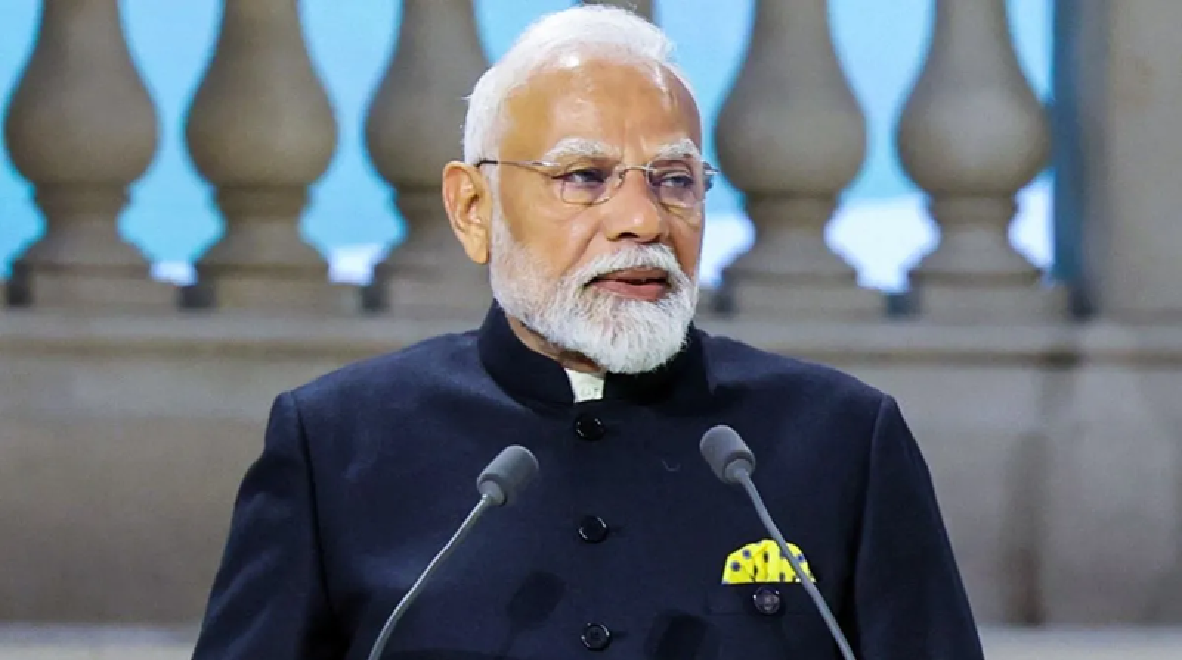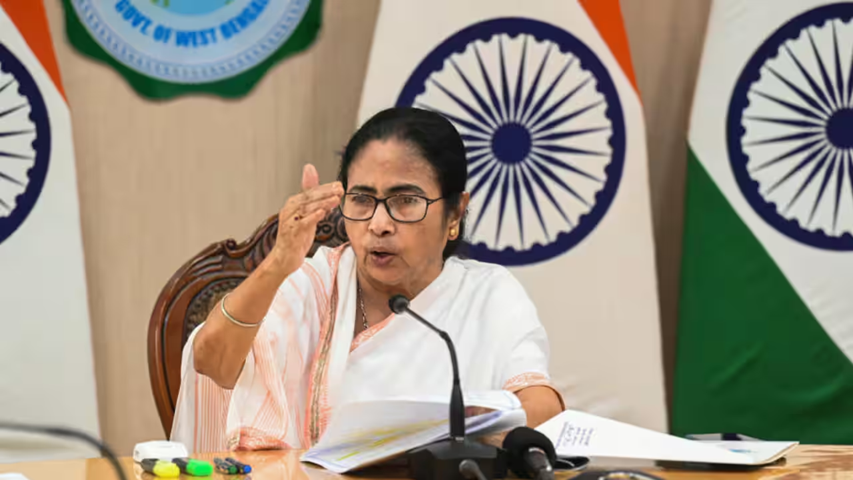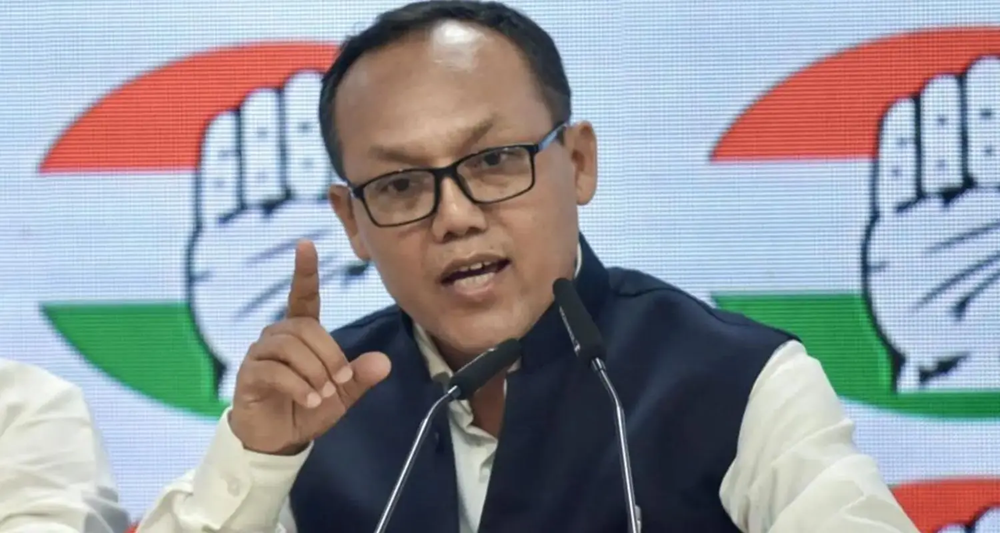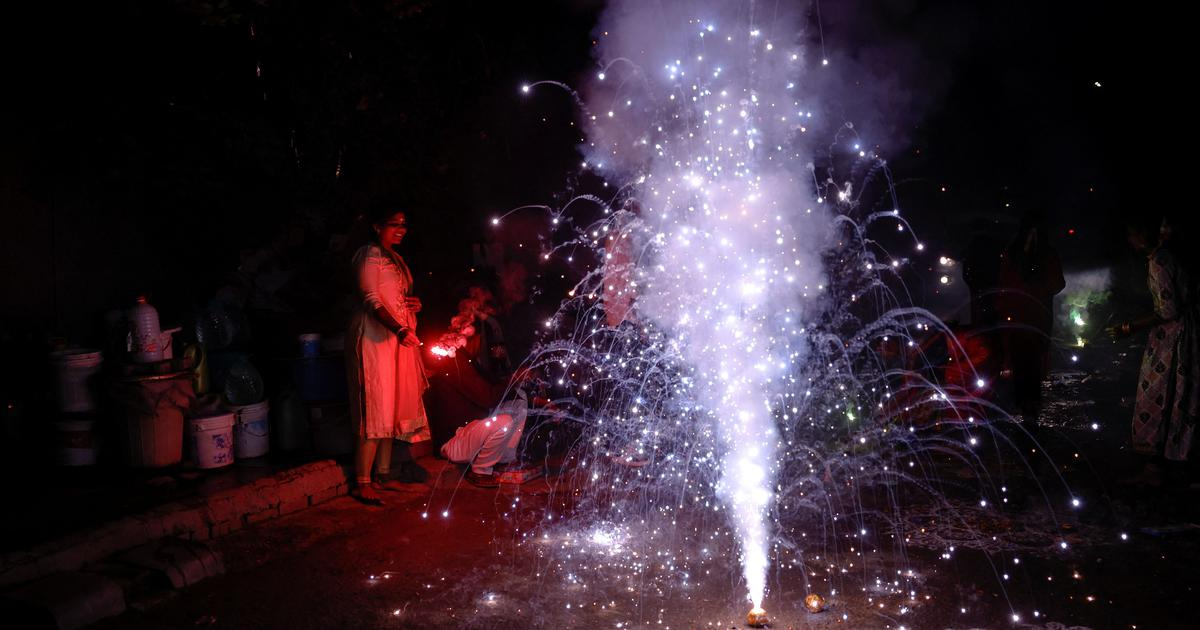
Delhi air pollution nearly 14 times above WHO safe limit, after Diwali
The national capital recorded its most polluted Diwali in three years as firecrackers were lit across the city despite a ban on their use.
PTI New Delhi: Delhi’s air pollution level on Friday morning was nearly 14 times more than the “safe” limit prescribed by the World Health Organization, reported The Hindu. Despite being prohibited, firecrackers were lit across the city late into the night on Thursday as part of Diwali festivities.The national capital recorded its most polluted Diwali in three years on Thursday, PTI reported.
According to data from the Central Pollution Control Board, the average concentration of PM2.5 in the national capital was 209.3 μg/m3 (micrograms per cubic metre of air) at 8 am on Friday.PM2.5 refers to respirable airborne particles smaller than 0.0025 mm in width.India’s National Ambient Air Quality Standards prescribe a “safe” PM2.5 concentration of 60 μg/m3, averaged over 24 hours. The World Health Organization prescribes 15 μg/m3 as the acceptable limit for human exposure.On Friday, the average Air Quality Index value in Delhi was recorded to be in the “very poor” category, with a reading of 362 at 9 am, according to PTI. At 7 am, Anand Vihar recorded an Air Quality Index value of 395 while Aya Nagar saw 352, Jahangirpuri saw 390 and Dwarka saw 376, The Hindu reported. An index value between 0 and 50 indicates “good” air quality, between 51 and 100 indicates “satisfactory” air quality and between 101 and 200 indicates “moderate” air quality. A value between 201 and 300 indicates “poor” air quality while between 301 and 400 indicates “very poor” air. Between 401 and 450 indicates “severe” air pollution while anything above the 450 threshold is termed “severe plus”. On Thursday, the average Air Quality Index in the national capital was 330.
On Diwali day in 2023, the index stood at 218, while in 2022 it was 312, PTI reported. On October 14, the Delhi government ordered a ban on the use of firecrackers in the city till January 1. Similar bans have been imposed and violated by citizens in previous years.Air quality deteriorates sharply in the winter months in Delhi, which is often ranked the world’s most polluted capital. Stubble burning in Punjab and Haryana, along with falling temperatures, decreased wind speeds and emissions from industries and coal-fired plants contribute to the problem.On October 22, the authorities in the National Capital Region banned the use of diesel generators, except for essential services such as hospitals and public transport.
The authorities were also required to strictly enforce dust control measures at construction and demolition sites as per the restrictions under phase two of the Graded Response Action Plan, or GRAP, issued by the Commission for Air Quality Management Commission for Air Quality Management. GRAP is a set of incremental anti-pollution measures that are implemented to prevent the further worsening of air quality once it reaches a certain threshold in the National Capital Region, which includes parts of Uttar Pradesh, Haryana and Rajasthan. Stage 1 of GRAP is activated when the Air Quality Index is in the “poor” category. The second, third and fourth stages are activated when the index enters the “very poor”, “severe” and “severe plus” categories.
 English daily published in Bengaluru & Doha
English daily published in Bengaluru & Doha


